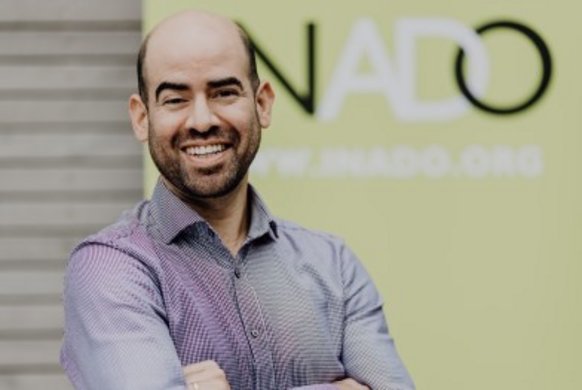- Back to overview
- News 20/07/2021
Lockdown, Anti-Doping and the Credibility of the Olympics

Questions have been raised regarding last year´s first lockdown and whether this opened the door for athletes to dope without consequences, casting doubt on the credibility of anti-doping and the upcoming Olympics.
Indeed, during the first lockdown in 2020 doping controls were suspended but it is also true that anti-doping is now better equipped than in any past Olympic edition.
Global testing post lockdown has reached pre-pandemic levels.
After a 97% drop in global testing in April 2020 (compared to the same month of 2019), global testing has continued to grow steadily month after month. By March 2021, global testing figures were at 84% of the 2019 level. Looking only at Out-of-Competition samples in 2021, more have been collected compared to 2019.
The comparably lower level of overall testing (in-competition and out-of-competition) at the end of 2020 and during the first half of 2021 can be explained by the still reduced number of competitions due to the pandemic. Suggesting that the testing gap will have a direct impact on the Olympics overlooks that the global anti-doping system has been back at, or close to, full operation in the past 12 months. Further, anti-doping is not only supported by testing and possesses other deterrence and prevention techniques.
Clean Sport has and will continue to evolve
The toolbox of Anti-Doping Organizations has evolved over the last four years. They are stronger and more widely equipped to deal with challenges to clean sport. Intelligence and Investigations play an important role to sanction doping behavior by athletes, support personnel and officials; nowadays 20% of sanctions come from Investigations and are not originated solely in doping controls. Whistleblowing has become a widely accepted tool among National and Regional Anti-Doping Organizations of all sizes; over 775 whistleblowing reports were investigated last year among our members with two thirds leading to targeted doping controls. Further, anti-doping organizations are better coordinated than previous editions of major events to maximize testing of Olympic athletes and the work of the Pre-Games taskforce summoned by the ITA is a good example.
Many NADOs have taken the opportunity over the past 16 months to further engage with athlete communities to accompany and support them during a time of uncertainty and demonstrate that their national mandate goes beyond only conducting doping control tests.
Generalizing the idea that athletes took advantage of the gap suggests they are willing to take advantage of any illegitimate benefit that comes their way. During this period, we learned that instead of taking advantage of the situation, many athletes were willing to go greater lengths to demonstrate their commitment to clean sport. Furthermore, lockdown did not eradicate the possibility, post lockdown, of doping controls to show substance use, for instance through changes to the blood passport.
Of course, anti-doping organizations must and are continuing to work on the question of how testing gaps can be avoided in the future and continue to develop better tools to support clean sport. With the resumption of testing and the identified use of other prevention and detection methods, there is reason to be confident about the credibility of anti-doping in the lead in and at the Tokyo Games.
Jorge Leyva
CEO